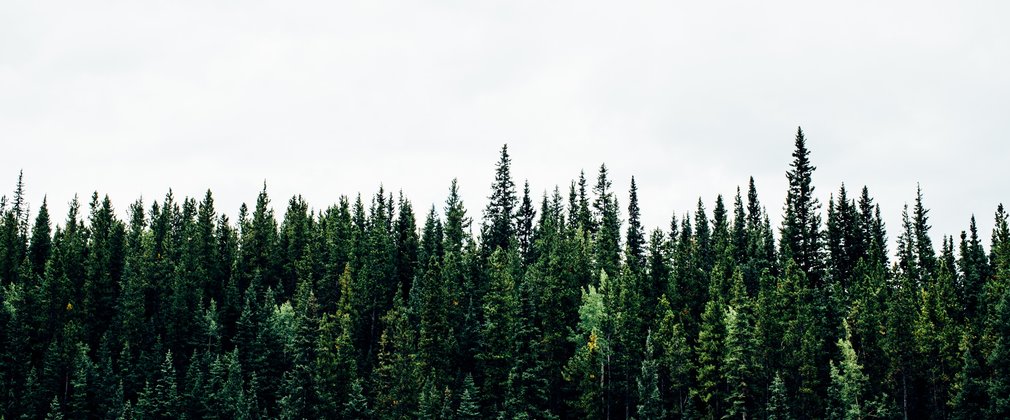Speech House Walk and Ruardean Walk forest plan
About the forest plan area
The plan area lies within the Statutory Boundary of the Forest of Dean, The Hundred of St. Briavels and the county of Gloucestershire. The plan covers 6.5 square miles, or around 1,700 hectares, with mixed coniferous and broadleaved woodland. Numerous villages nestled along the peripheral edges of the forest are integral to the feel of the woodland, and sense of place that makes the forest unique.
At Woorgreens, statutory removal of diseased Larch in 2021 expanded existing heathland by 12 hectares, exposing the 'Rig and furrow'. This is a technique originally used to enhance tree establishment, following reinstatement of the coal opencast that closed in 1983. As a result, Woorgreen now encompasses greater variety and diversity of habitat, featuring a selection of ponds and scrapes that enhance the ecological and landscape value of the site. It is designated a Key Wildlife Site and benefits a wide breadth of bird, Invertebrate, amphibian, reptile, flora and fungi species.
Unfortunately, Phytophthora ramorum continues to threaten woodlands within this plan, but offers the opportunity to further diversify tree species composition, improving connectivity of habitats e.g. the recent forest operations at The Delves.
The mixed woodland and open space provide a rich mosaic of habitat for a wide range of wildlife and flora. These include a stable population of goshawk, fallow deer and wild boar, with recent reintroduction of pine marten and beaver. It is hoped pine marten will have a positive effect on reducing grey squirrel numbers, while beavers at Greathough Brook help control water flow and further improve the woodland’s ecology. The plan also features several watercourses that are punctuated with ponds and lakes, and feed into both the River Severn and River Wye.
People are also able to enjoy the woodlands in this plan area through a good network of trails. This includes the Colliers Trail, with Beechenhurst being home to the start of the celebrated and cherished Sculpture Trail and for the more adventurous a tree-top adventure provided by Go-Ape.
Aims and objectives
The forest plan aims are to protect and enhance existing habitats, through sustainable management that is in context with the surrounding landscape and character, whilst providing a sustainable flow of timber to market throughout the plan duration. Not in any particular order, the plans objectives are:
- the diversification of woodland species and structure for greater ecological and economic resilience.
- protect and enhance woodland, open habitats and their associated species.
- deliver well-designed forests that both protect and enhance the internal and external landscape, in keeping with the local landscape character.
- to protect and enhance areas of Ancient & Semi-Natural Woodland with reference to increasing native diversity, structure, resilience and natural capital.
- the protection and enhancement of veteran trees (VT)/trees of special interest (TSI) and recruitment of future generations of both.
- the continued production of sustainable and marketable woodland products.
- to conserve, maintain and enhance cultural and heritage assets.
- the restoration and management of Sites of Special Scientific Interest / Scheduled Monuments / Key Wildlife Species.
- the provision and maintenance of recreation facilities.
What we will do
The forest plan outlines management proposals, including felling and restocking, permanent open habitat and creation of transient open habitat, with felling licence approval for operations until 2035. Summary of planned areas for the next ten years are (in hectares):
- clearfelling, restocking/regeneration of broadleaves: 18Ha
- clearfelling, restocking/regeneration of conifer: 81Ha
- open space and open habitats: <10Ha
Crops will be managed for a mixture of objectives, including timber production. Low Impact Silvicultural Systems will be favoured, seeing a reduction of approximately 60% in clearfelling for the next 10 years until 2034, although diseased areas will still require statutory felling.
Priority watercourses will see integration of a varying degree of open habitat with removal of non-native conifer species and some beech and oak. Native broadleaf content will increase through planting, coppice, or natural regeneration, including species like alder, aspen, willow.
Wet woodland and open habitat will be expanded, to consolidate, connect and protect priority habitats. Adders and other priority species such as Lepidoptera will benefit from this work. This will include beginning to regenerate areas of stored coppice. Delivery of this work will improve, increase and enhance woodland permeability, diversity of habitat, and quality of internal landscaping. Routine thinning of both conifer and broadleaf will occur at five and ten-year intervals.

